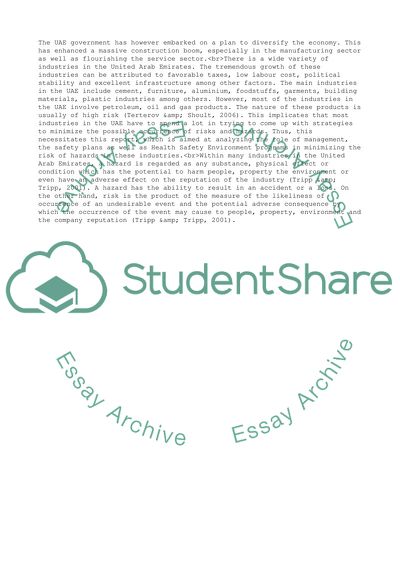Cite this document
(Role of Management in the Minimising Risk in the UAE Research Paper, n.d.)
Role of Management in the Minimising Risk in the UAE Research Paper. Retrieved from https://studentshare.org/management/1767196-role-of-management-in-the-united-arab-emirates
Role of Management in the Minimising Risk in the UAE Research Paper. Retrieved from https://studentshare.org/management/1767196-role-of-management-in-the-united-arab-emirates
(Role of Management in the Minimising Risk in the UAE Research Paper)
Role of Management in the Minimising Risk in the UAE Research Paper. https://studentshare.org/management/1767196-role-of-management-in-the-united-arab-emirates.
Role of Management in the Minimising Risk in the UAE Research Paper. https://studentshare.org/management/1767196-role-of-management-in-the-united-arab-emirates.
“Role of Management in the Minimising Risk in the UAE Research Paper”, n.d. https://studentshare.org/management/1767196-role-of-management-in-the-united-arab-emirates.


